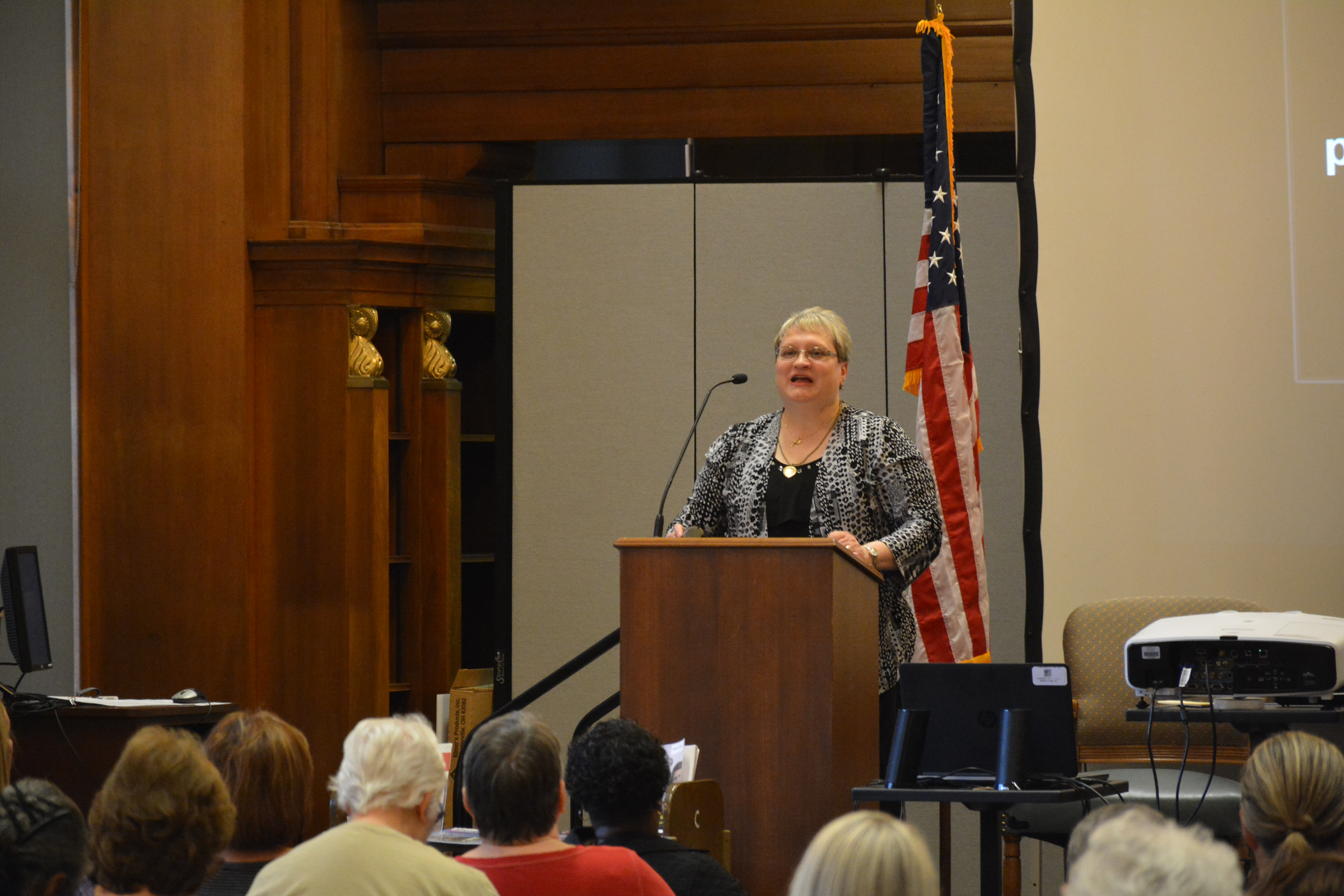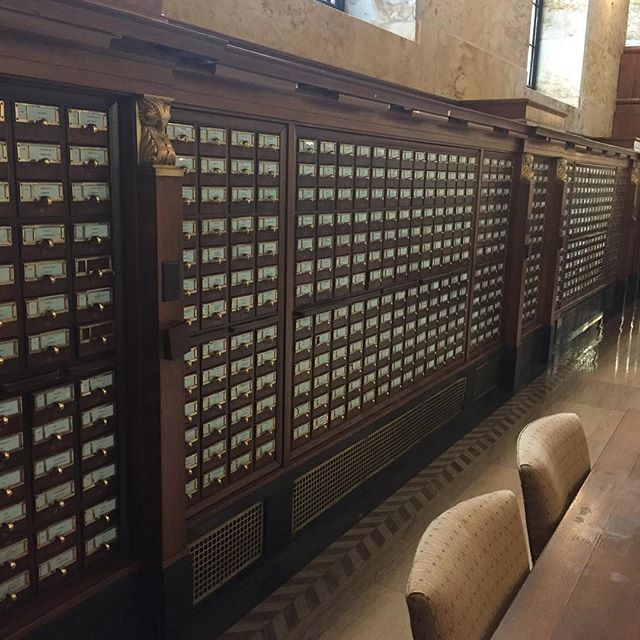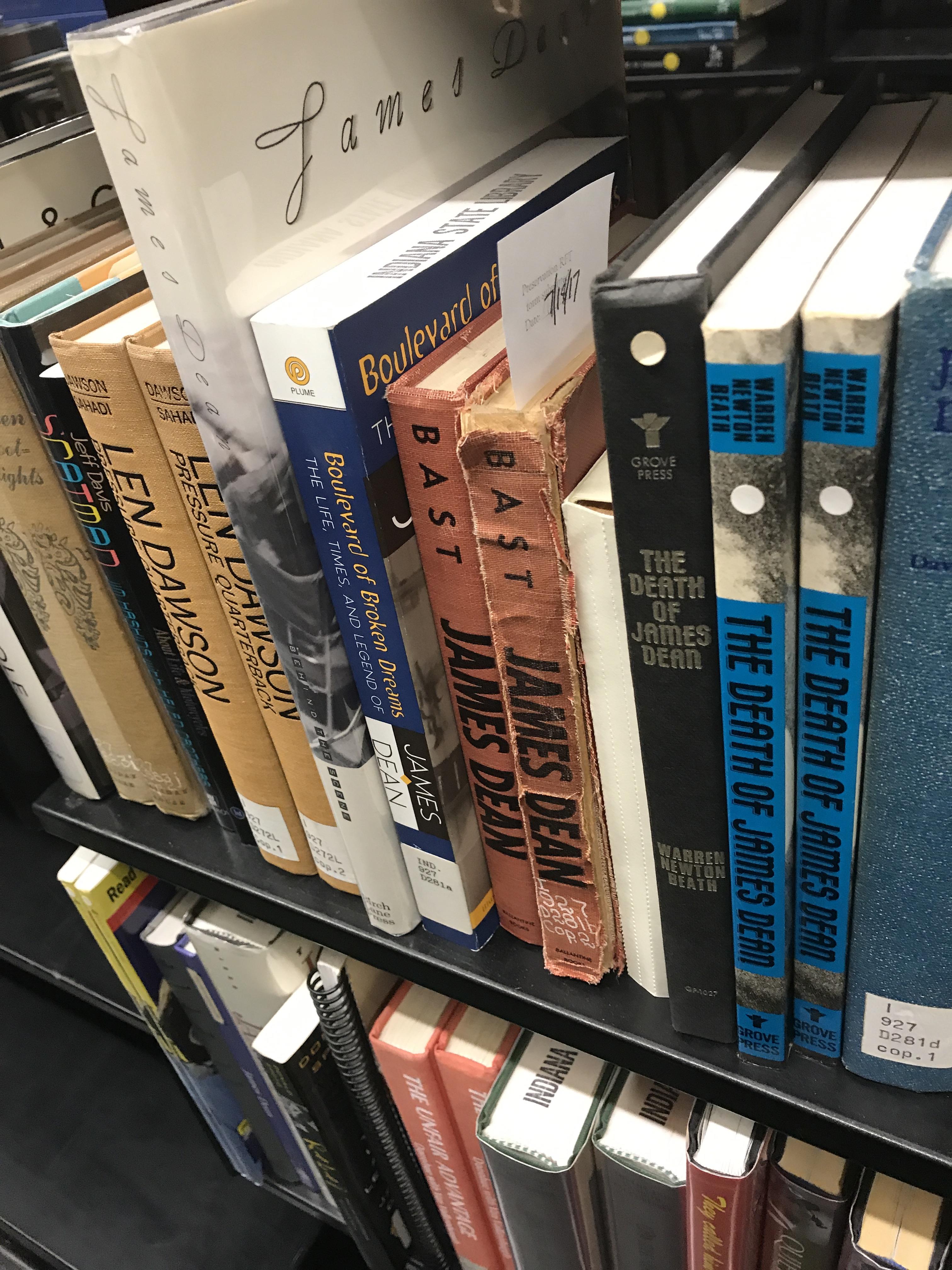On Saturday, Oct. 27, 2018, the Indiana State Library was abuzz with genealogists and representatives from historical organizations, genealogical societies and libraries, who were all in attendance for the 2018 edition of the Genealogy and Local History Fair. The theme this year was “Digging Up the Dead,” as we learned how to examine, decipher, and interpret death records, death research and other interesting facets of mortality in history.
Internationally-known speaker Lisa Alzo presented “Murder, Mayhem and Town Tragedy,” “Cause of Death: Using Coroner’s Records for Genealogy” and “Diseases, Disasters & Distress: Bad for Your Ancestors, Good for Genealogy.” Sarah Halter, executive director of the Indiana Medical History Museum, presented “What Killed Your Ancestors?,” which examined 19th century medicine, the accuracy of information and names of certain diseases and what they mean.
In between sessions, attendees were able to mingle with fellow genealogists, vendors and exhibitors, as well as explore the beautiful Indiana State Library building and view the library’s most recently-installed exhibits. “The Practice of Medicine” and “The Business of Death” are both currently on display in the first floor Exhibit Hall and in the second floor Great Hall of the state library. In addition to items from the library’s collections, “The Practice of Medicine” showcases items on loan from the Indiana Medical History Museum. If you happened to have missed the Genealogy and Local History Fair this year, there is still time to catch these great exhibits, which will be on display through the end of January 2019.
We hope to see you at the next Genealogy and Local History Fair on Oct. 24, 2020, as we focus on “The Women in Your Family Tree,” while commemorating the 100th anniversary of women’s suffrage and examining the sometimes hard-to-research half of your family tree.
This blog post was written by Stephanie Asberry, deputy director of public services, Indiana State Library.








